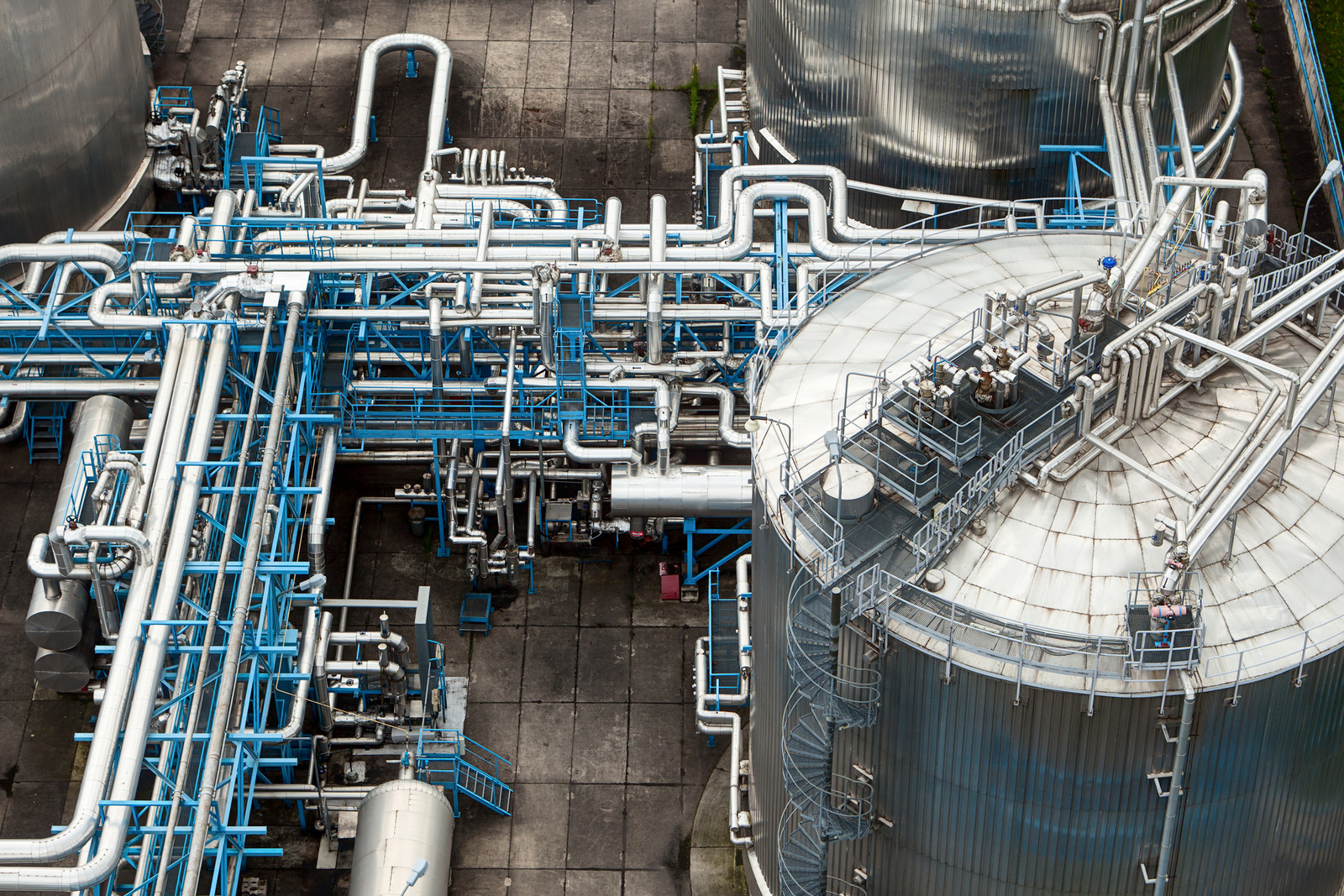On 28 January 2021, the Government took a decision to instruct the Swedish Energy Agency to produce a proposal for a hydrogen and electrofuels strategy. The instruction includes, among other things, analyzing and quantifying the potential for increased production, storage, transport, and use of hydrogen, electrofuels, and ammonia in various sectors in the short, medium, and long terms while taking economic perspectives into consideration, as well as analyzing technical and economic prerequisites for hydrogen as an energy supply for flexibility in the energy system. The report must be submitted by 31 July 2021.
The Government points out that the aim of the strategy and any suggested measures produced by the Swedish Energy Agency is to facilitate the conversion to freedom from fossil fuels. According to Parliament’s decisions regarding environmental objectives, Sweden is to have zero net greenhouse gas emissions by 2045. The emissions from domestic transports (not including domestic aviation) must decrease by 70% when compared to 2010 levels. Under the Government’s climate policy action plan (Govt. Bill 2019/20:65), hydrogen can play a greater role in the future in terms of industrial processes, supply capacity, and vehicle fuel cells. The instruction is in line with the two factsheets presented by the European Commission on 8 July 2020 regarding EU strategies for energy system integration and hydrogen, respectively, as part of the Green Deal. The Commission’s hydrogen strategy includes a roadmap towards 40 GW production capacity of hydrogen from renewable electricity in 2030. In addition, on 21 January 2021, the Fossil Free Sweden project presented a hydrogen strategy based on roadmaps from the industries where hydrogen has been determined to play an important role in the development of a fossil-free Sweden in a number of sectors.
We here at Foyen welcome a hydrogen strategy and hope that it will lead to a number of positive prerequisites for those actors that focus on hydrogen. We see possibilities for interaction with wind power as particularly favorable: hydrogen as an energy source, Power to Gas, can create eagerly awaited flexibility in the energy system. The Government’s terms of reference did not, however, include the very important question of how work with the question of permits related to hydrogen should proceed in the future.
At present, a number of different pieces of legislation can become relevant if you are interested in starting activities or taking a measure which relates to hydrogen, the Act of Control of Major Chemical Accidents (the Seveso Act), the Flammable and Explosive Products Act, the Planning and Building Act, and the Environmental Code. The Act of Transportation of Hazardous Products can also become relevant. The regulatory system is relatively complex and sometimes a number of different permits/approvals from different bodies are required. In order to make it possible for hydrogen to make an effective contribution to a fossil-free Sweden by 2045, incentives to use/manufacture hydrogen must be sufficiently strong to encourage actors to make the transition to hydrogen. We believe that one step in creating such an incentive is to create a permit system for hydrogen that is more flexible and transparent than the barrier-laden system that is in place today.



